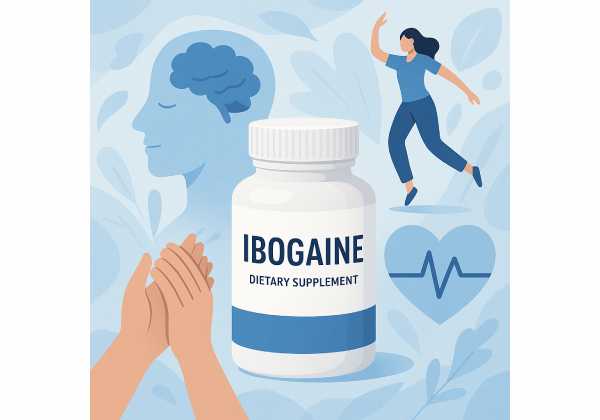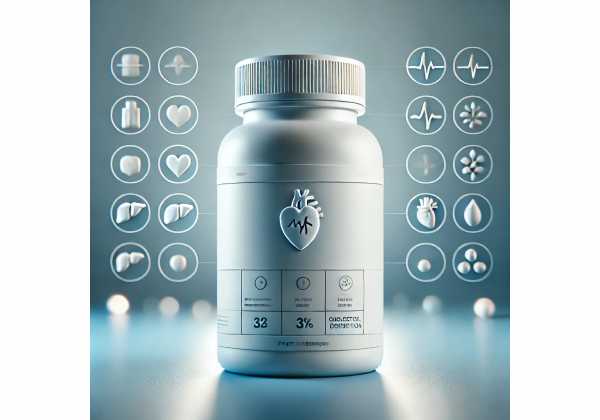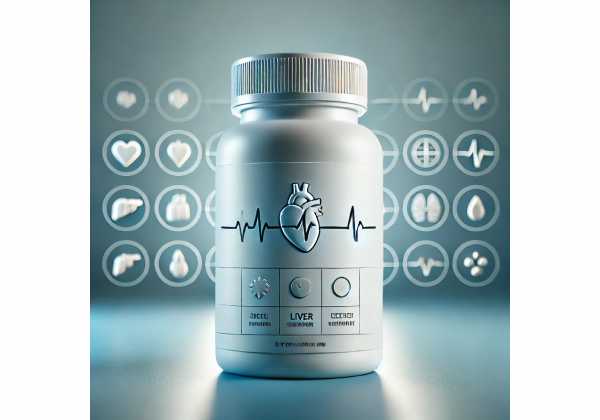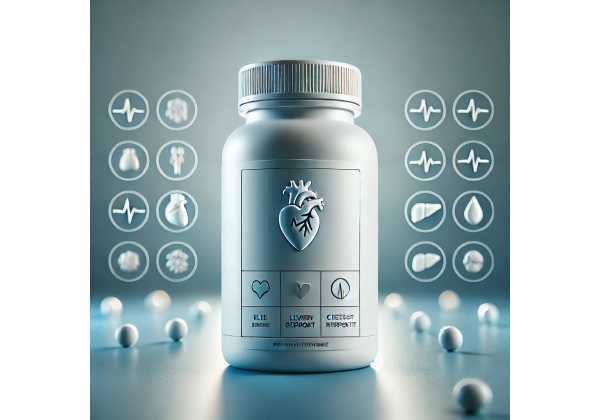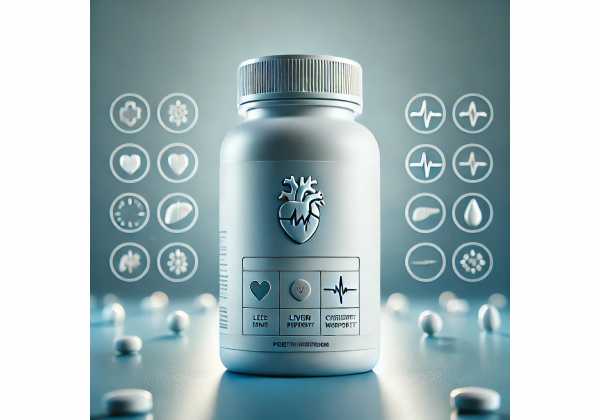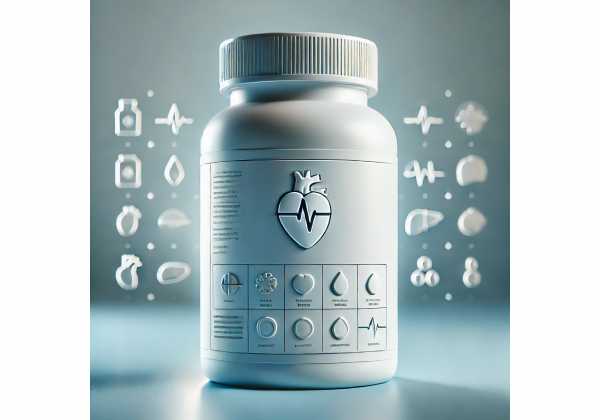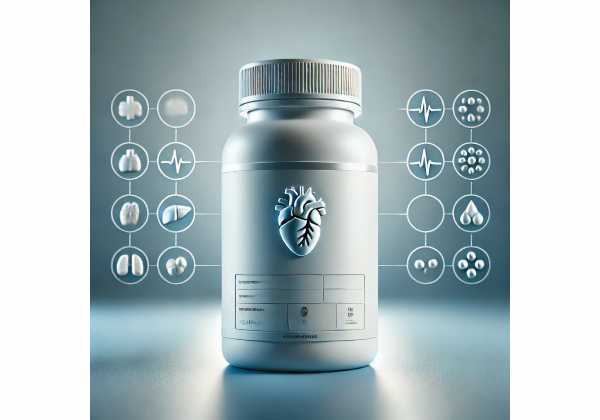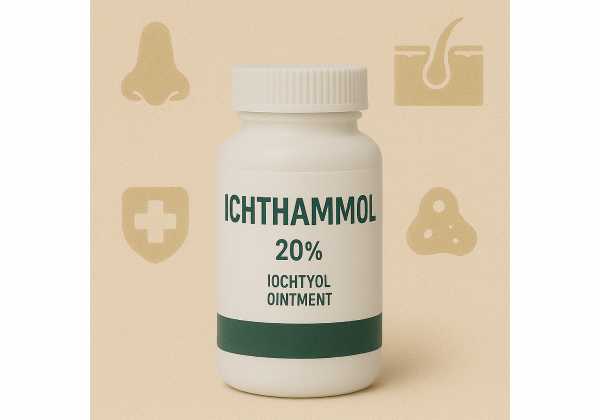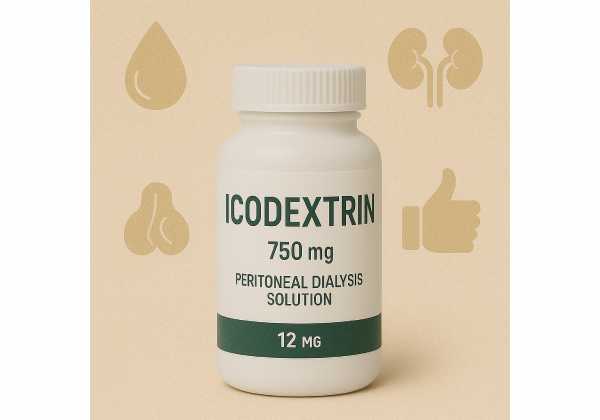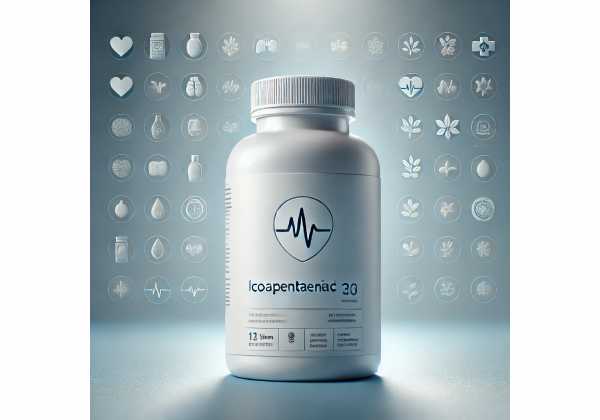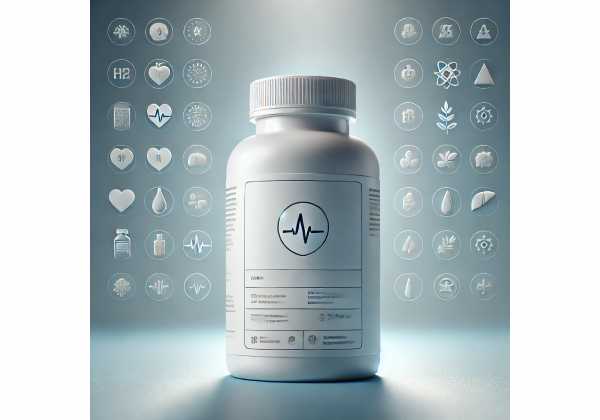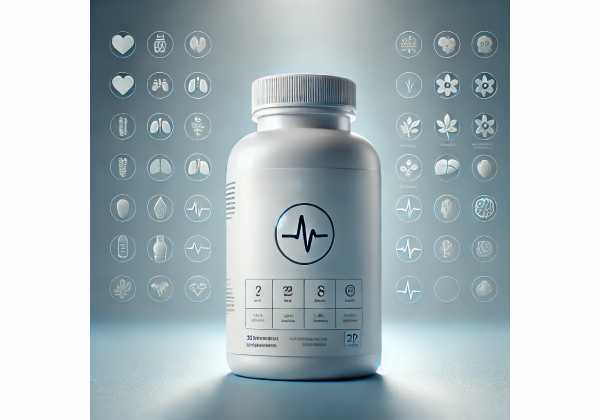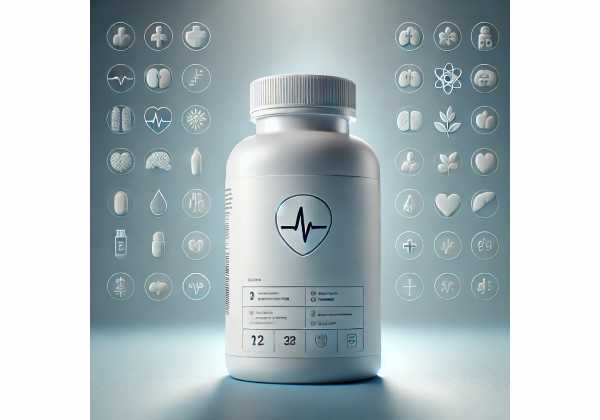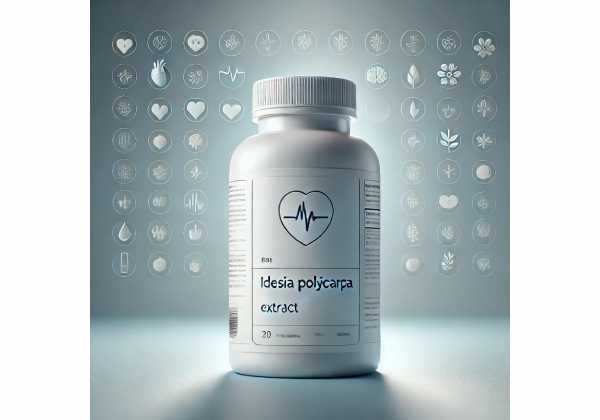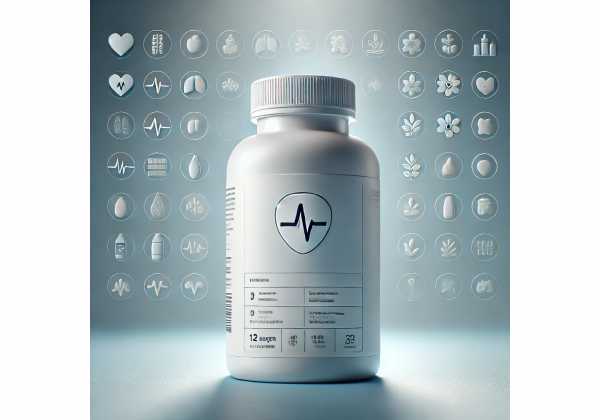Ibogaine: Uses for Opioid and Stimulant Addiction, Supervised Dosing, and Side Effects
Ibogaine is a naturally occurring indole alkaloid from the West Central African shrub Tabernanthe iboga. For decades it has drawn attention because many people report rapid reductions in withdrawal and drug craving after a single, high-dose, medically supervised session. Interest has widened to mood, trauma, and neuroplasticity research, yet safety remains the central concern: ibogaine can profoundly affect heart...
Ibrutinib: Mechanism, Proven Benefits, Recommended Dosage, and Safety Monitoring
Ibrutinib is a targeted oral medicine that blocks Bruton’s tyrosine kinase (BTK), a key enzyme that B-cell cancers rely on to grow and survive. It transformed care for chronic lymphocytic leukemia (CLL), small lymphocytic lymphoma (SLL), Waldenström macroglobulinemia (WM), and, in certain patients, chronic graft-versus-host disease (cGVHD). Unlike traditional chemotherapy, ibrutinib is taken once daily and is often continued...
Ibutamoren: MK-677 Benefits for Muscle and Sleep, Uses, Dosage, and Side Effects
Ibutamoren (also known as MK-677) is an oral compound that activates the ghrelin receptor and stimulates the body’s own growth hormone (GH) release, with downstream effects on insulin-like growth factor-1 (IGF-1). Unlike injected GH, ibutamoren is taken by mouth and preserves the natural pulsatile pattern of GH secretion. Early clinical studies suggest increases in fat-free mass, sleep quality changes,...
Icariin: Bone Support, Blood Flow, Uses, Dosage, and Side Effects
Icariin is a prenylated flavonoid best known as the primary bioactive constituent of Epimedium (often sold as “horny goat weed”). Interest in icariin has grown because it touches several health goals: bone support in menopause, sexual health, exercise recovery, and healthy aging. In laboratory and animal models, icariin modulates nitric oxide pathways, influences bone remodeling, and acts as a...
Icaritin: Benefits for Advanced Hepatocellular Carcinoma, Mechanism, Dosage Schedules, and Side Effects
Icaritin is a small, plant-derived molecule from Epimedium (Horny Goat Weed) that has moved from lab benches into real-world oncology. It is being developed—and in some regions approved—for advanced hepatocellular carcinoma (HCC), where it acts as an immunomodulatory anticancer agent rather than a classic cytotoxic drug. Beyond cancer, icaritin has been studied in bone biology and inflammation models, showing...
Icatibant: How It Works for Hereditary Angioedema, Dosing Instructions, Benefits, and Safety
Icatibant is a fast-acting, subcutaneous medicine used to treat acute attacks of hereditary angioedema (HAE). It works by blocking the bradykinin B2 receptor—shutting down the pathway that drives swelling in HAE. For many patients, that means faster relief of skin, abdominal, or laryngeal symptoms and more control over day-to-day life. Practical advantages include a prefilled syringe designed for self-injection...
Ichnocarpus frutescens: Benefits for Metabolic Health, How It Works, Dosage Guidance, and Safety
Ichnocarpus frutescens—often called black creeper or Krishna Sariva—is a woody climber from the Apocynaceae family used in traditional systems across South and Southeast Asia. Folk texts describe the root and leaves for cooling fevers, soothing skin, and supporting liver and metabolic health. Modern lab studies explore antioxidant, anti-inflammatory, and antihyperglycemic actions in cells and animals, while botanical research clarifies...
Ichthammol: Skin Benefits, How It Works, Dosage Guidelines, and Safety Tips
Ichthammol—also called ammonium bituminosulfonate—is a traditional, tar-derived topical ingredient used for inflamed skin and minor infected lesions. In dermatology, it appears in pastes, ointments, and paste bandages, often alongside zinc oxide or emollients. People reach for it to calm itchy eczema patches, soothe painful boils, help “draw” fluid from furuncles, and soften thick, tense skin. Modern lab studies have...
Icodextrin: What It Is, How It Works in PD, Recommended Dose, and Risks Explained
Icodextrin is a starch-derived glucose polymer used as an osmotic agent in peritoneal dialysis and, in a different formulation, as a temporary intraperitoneal instillate to reduce postoperative adhesions. In dialysis, it supports sustained ultrafiltration during long dwells, helping manage fluid overload, support blood pressure control, and reduce exposure to high-glucose dialysate. Compared with conventional dextrose solutions, it provides steadier...
Icosapent ethyl: Purified EPA Versus Fish Oil, Indications, Dosage, and Safety Profile
Icosapent ethyl is a prescription, highly purified form of the omega-3 fatty acid eicosapentaenoic acid (EPA). It is used to lower high triglycerides and—importantly—to reduce cardiovascular event risk in select adults who are already on statins but still have persistently elevated triglycerides. Unlike general “fish oil” mixes that combine EPA and DHA, icosapent ethyl delivers EPA alone at a...
Icosapentaenoic acid: Triglyceride Lowering, Cardiovascular Outcomes, Dosing, and Risks
Icosapentaenoic acid (EPA) is a long-chain omega-3 fatty acid best known for heart health. In food, it is found in marine sources like salmon, sardines, and mackerel. In medicine, highly purified EPA (as icosapent ethyl) is prescribed to lower triglycerides and, in select high-risk patients, to help reduce cardiovascular events alongside statin therapy. Unlike mixed “fish oil” products that...
Idarubicin: Clinical Uses, Recommended Dose, Monitoring, and Cardiotoxicity
Idarubicin is an anthracycline chemotherapy medicine used primarily to induce remission in acute myeloid leukemia (AML). It is related to doxorubicin and daunorubicin but is more lipophilic, enters cells efficiently, and is converted to a long-lived metabolite (idarubicinol) that extends its activity. In standard care, idarubicin is combined with cytarabine in the “7+3” regimen for newly diagnosed AML and...
Idebenone: Evidence-Based Benefits, Properties, Proper Use, and Risk Profile
Idebenone is a synthetic analog of coenzyme Q10 designed to support mitochondria—the tiny “power plants” inside cells. Unlike coenzyme Q10, idebenone has a shorter side chain and different redox behavior, allowing it to work even when complex I of the respiratory chain is impaired. That makes it particularly relevant in conditions where retinal ganglion cells or neurons struggle to...
Idelalisib: Uses, Mechanism, Clinical Benefits, Dosing, and Safety Monitoring
Idelalisib is an oral targeted therapy used for certain slow-growing B-cell cancers. It inhibits PI3K-delta, a signaling enzyme that helps malignant B cells survive, multiply, and migrate. When the pathway is blocked, cancer cells lose growth signals, become more sensitive to antibody therapies, and may undergo cell death. Clinically, idelalisib has been used in relapsed or refractory chronic lymphocytic...
Idesia polycarpa extract: Evidence-Based Benefits, Forms, Suggested Dosage, and Risks
Idesia polycarpa is a deciduous tree native to East Asia whose vividly colored fruits yield an oil and extract rich in unsaturated fatty acids and plant polyphenols. In recent years, researchers have taken a closer look at this lesser-known species as a potential functional ingredient: the seed (or pulp) oil contains linoleic-dominant triacylglycerols, tocopherols, and phytosterols, while fruit and...
Idursulfase: Clinical Benefits, How It Works, Dosing, and Safety Explained
Idursulfase is an enzyme replacement therapy (ERT) for Hunter syndrome (mucopolysaccharidosis type II, MPS II). In people with MPS II, the enzyme iduronate-2-sulfatase is missing or deficient, leading to buildup of glycosaminoglycans (GAGs) that harm organs over time. Idursulfase supplies a lab-made form of that enzyme to help clear GAGs from cells. For many patients, regular infusions can shrink...

